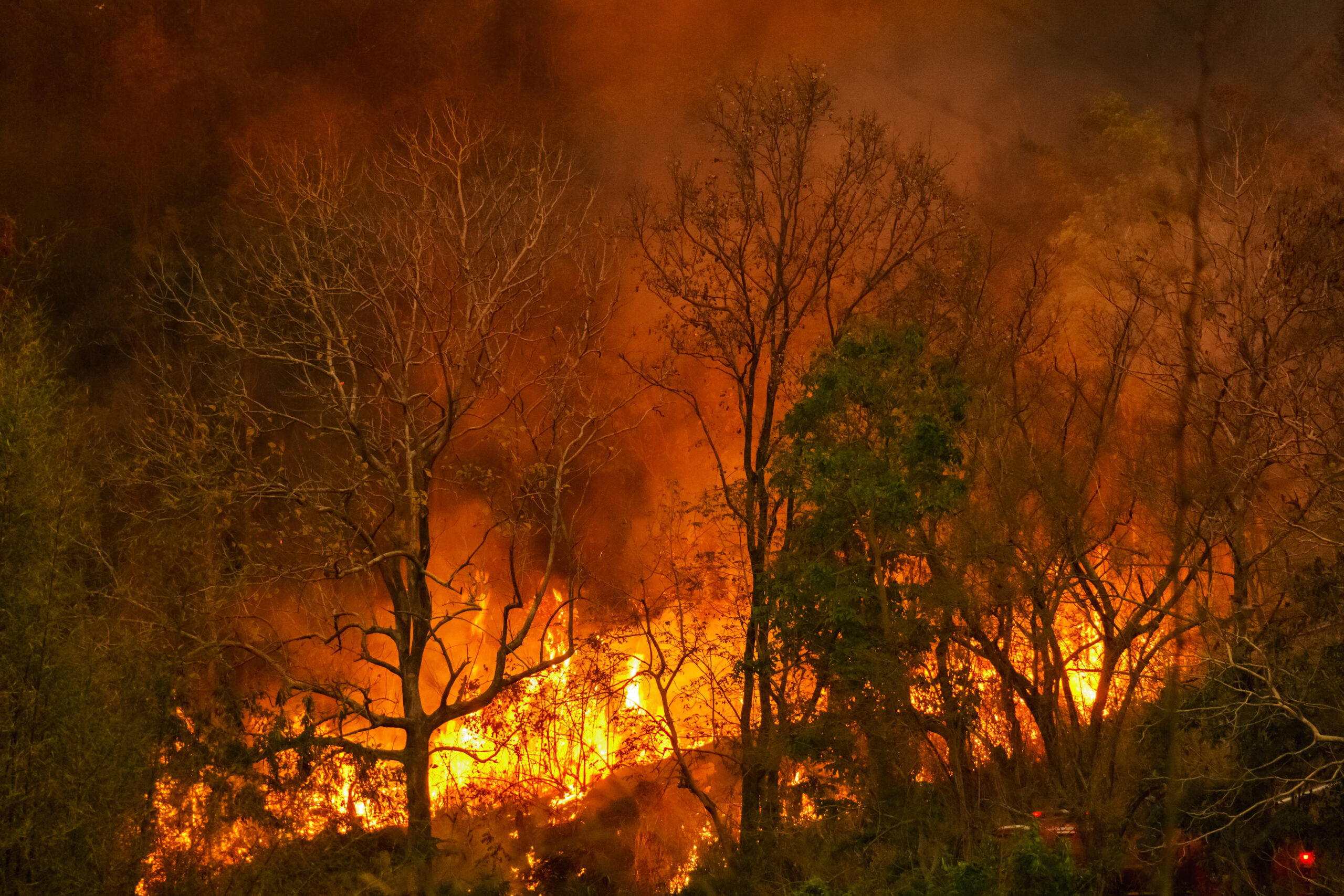This opinion article was written by Penny Beames.
Forest fires are currently top of mind for people in multiple regions across the globe. Deadly wildfires in
Canada, the US, and southern Europe have displaced thousands and affected air quality for millions more. Though forest fires can be a natural part of an ecosystem’s healthy functioning, it doesn’t mean they come without a cost. That cost is often borne by the water that flows through the burned area, and subsequently anyone who lives downstream.
Floods
Trees and other vegetation in healthy forests act like sponges during rain events. Rich soils and tree roots absorb moisture, while stems and trunks keep water from racing down steep slopes.
But after a wildfire, much of that vegetation has either been burned away or severely damaged. Burned soil has a harder time absorbing water. So when heavy rain hits, water accumulates on the surface much more quickly, and this can mobilize floods and debris flows.
Residents in the path of the recent Hurricane Hilary were warned that, if they lived in or downstream of a burn scar, they were at increased risk of flooding. These risks can persist for years after a fire has burned the landscape.
To make matters more interesting, scientists project that the risk of extreme rainfall on the heels of wildfires will increase.
Water quality
Fire fills a landscape with soot, ash, and debris. Quite often, that landscape serves as the drinking water source for communities downstream. Even typical rains required to maintain regular water flow can mobilize burned materials and carry them to local taps.
Fires can also liberate naturally occurring chemicals and heavy metals that are stored in organic materials. Once liberated, the chemicals can accumulate in water and aquatic species.
And if fire retardants were used to battle the blaze? Or if affected buildings or infrastructure leached chemicals as they burned? Those will flow downstream as well.
After Canberra was ravaged by fire in 2003, the city’s wastewater treatment plant was so inundated by sediment and chemicals that it was forced to build a second plant.
Governments in areas prone to wildfires are only now starting to prepare for water treatment in the aftermath of wildfires. Considering what science has revealed about the effects on water quality, it’s going to be a long road.

